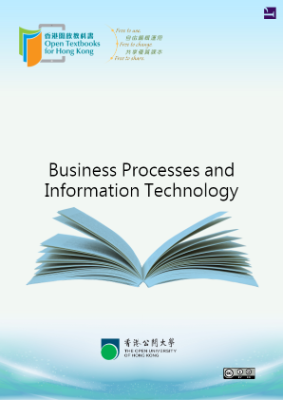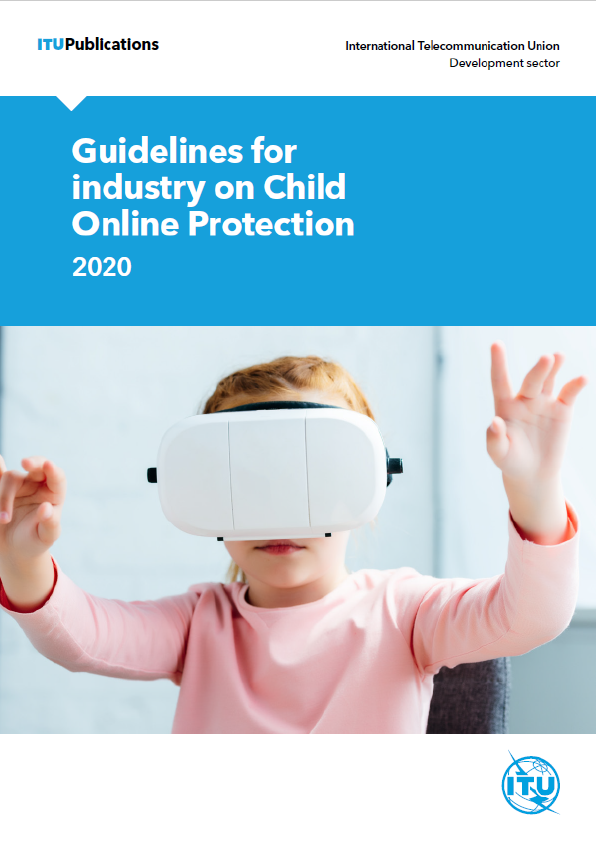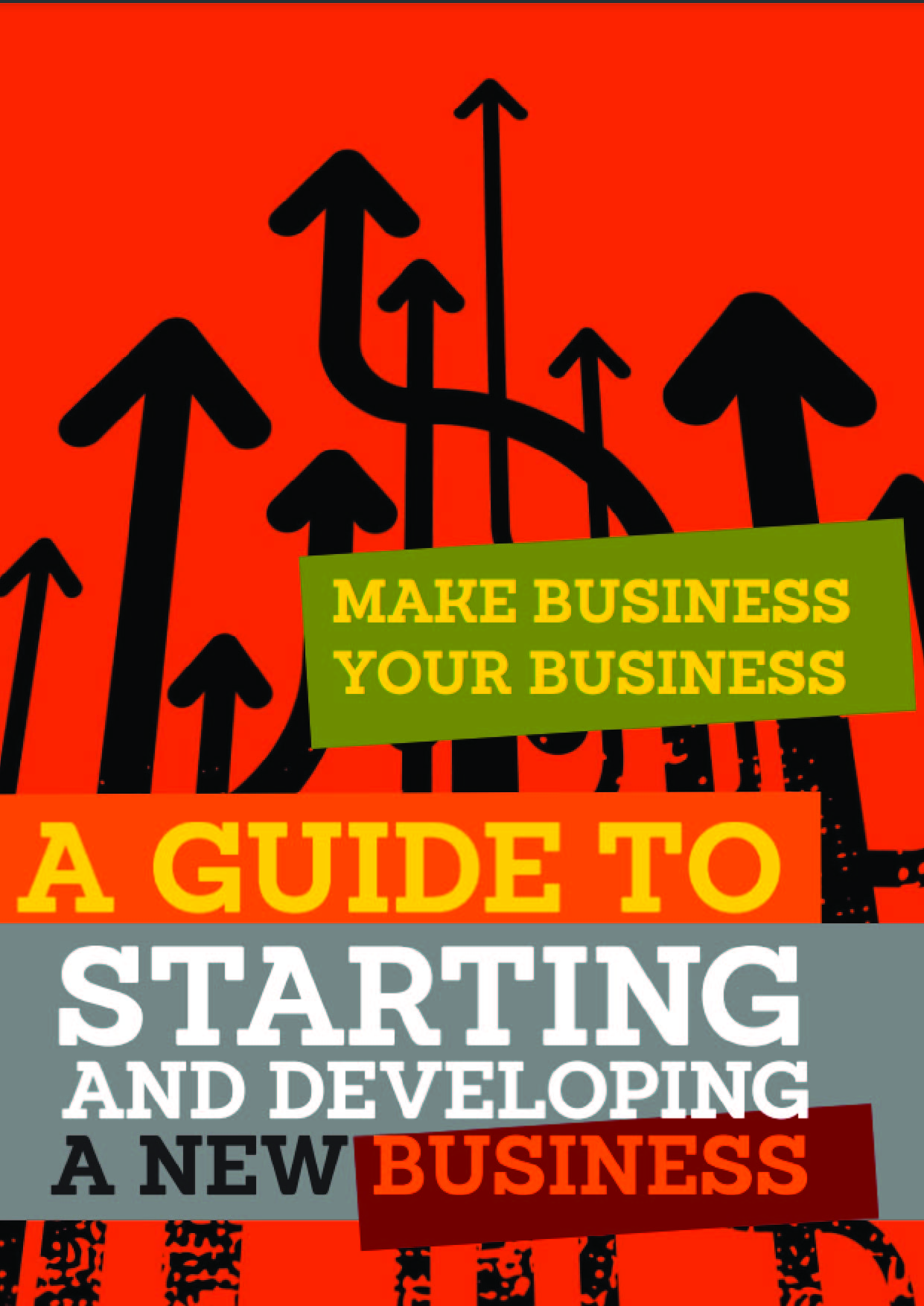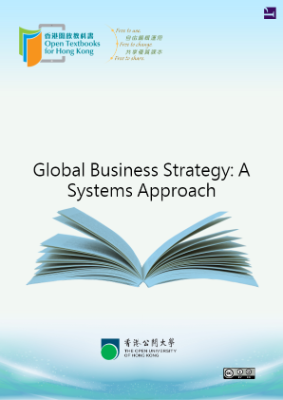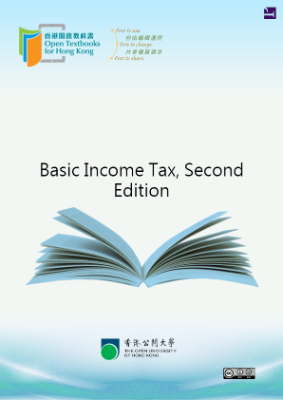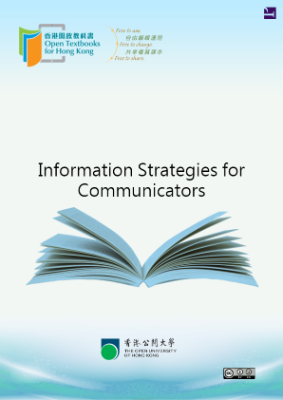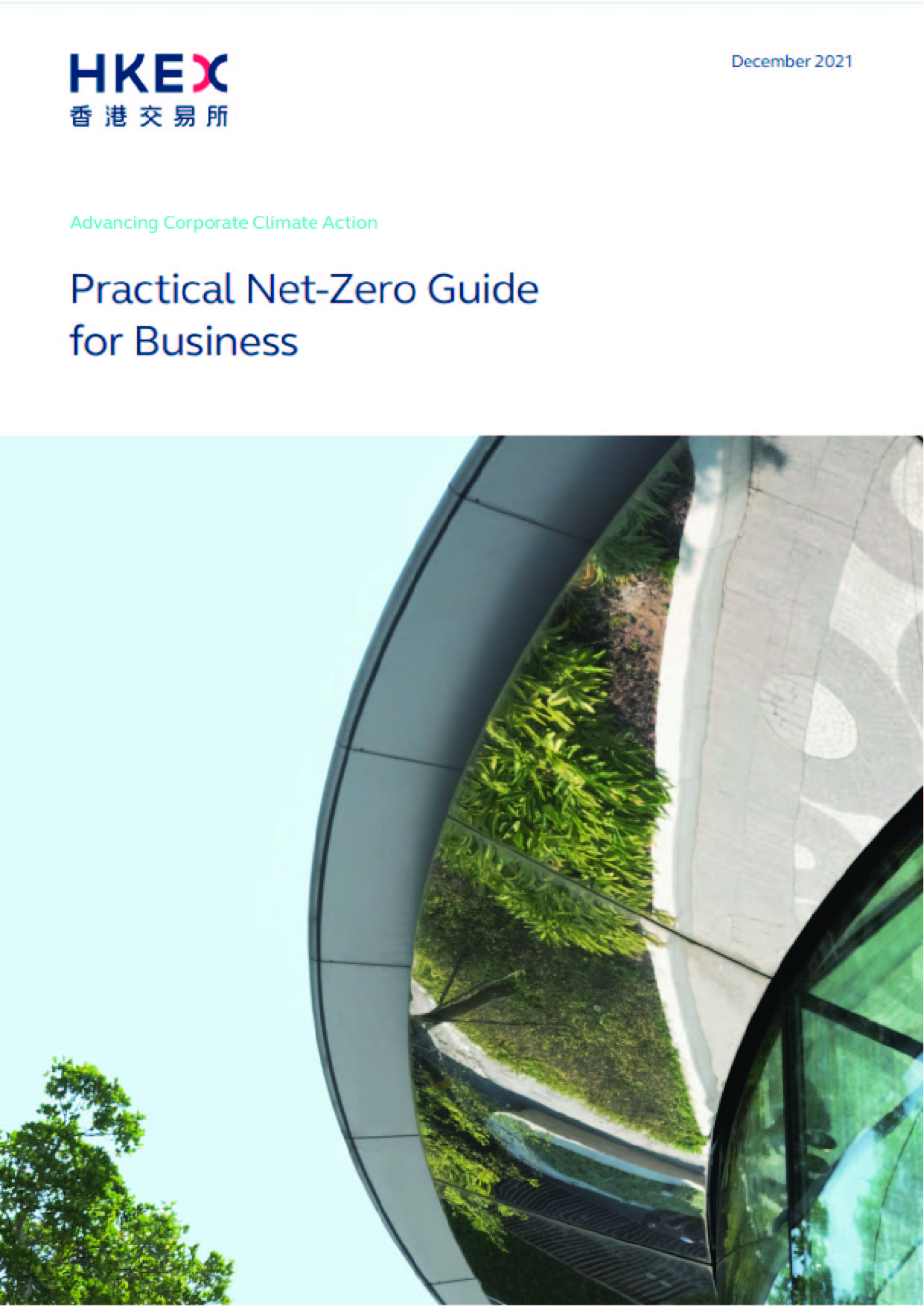Business Processes and Information Technology prepares students to effectively use, manage, and participate in the development of information technology applications in support of common business processes. The text focuses on the interconnections among an organization’s management, business processes, information systems, and information technology. An emphasis is given throughout the text to the governance, control, and security of business processes and information systems, especially underlying financial information systems. After studying this text, a student will walk away with an understanding of the foundation tools and knowledge required for the analysis, design, and control of IT-driven business processes using current and emergent technologies.
Unique Features of the Book
Business Processes and Information Technology takes a business process focus towards understanding and managing operations, information systems, and management/ decision making in contemporary organizations. A wide range of information technologies in business processes are integrated throughout.
Three Themes
Three themes connect our discussions to topics that are currently of great interest to business professionals. These themes are enterprise systems— such as those sold by SAP, JD Edwards, Oracle, and PeopleSoft; E-Business—including retail (Business-to- Consumer, or B2C) e-businesses such as Amazon.com and Business-to-Business (B2B) marketplaces such as Covisint.com (operated by auto manufacturers); and information technology—state-of-the-art hardware and software applications that keep an organization heading toward achievement of its objectives. Icons have been added to the text to identify discussions of these themes.
Enterprise systems are software packages designed to provide complete integration of an organization’s business information processing systems and all related data. Data is shared across the systems to support the operation and management of the organization. Enterprise systems are introduced in Chapter 3 and then discussed throughout the remainder of the text. For example, in Chapter 10 you will find a diagram that depicts how the order fulfillment process would be implemented with an enterprise system. Similar diagrams are also in the other business process chapters. Additionally, examples of screens from enterprise systems have been included throughout the text to demonstrate business process information acquisition and presentation in contemporary organizations.
E-Business is the application of electronic networks (including the Internet) to undertake business processes between organizations and either individuals or other organizations. Ebusiness has created entirely new ways of working within and across organizations. For example, organizations are buying and selling goods and services at virtual marketplaces. This changes how organizations identify customers and select vendors. It changes the cost of acquiring goods from a vendor and the price they should charge their customers for their products. E-business and its closely related concept, e-commerce, are explained more fully in Chapter 4 and discussed throughout the remainder of the book.
Information Technology, indicated by the Technology icon at left, encompasses any hardware, software, or communications technology that might be adopted by an organization to support or control a business process, enable management decisions, or provide a competitive advantage. Technology icons signal that an electronic mechanism is being discussed that is either in wide use, representative of the state of the art, or advocated for business adoption in the near future.
